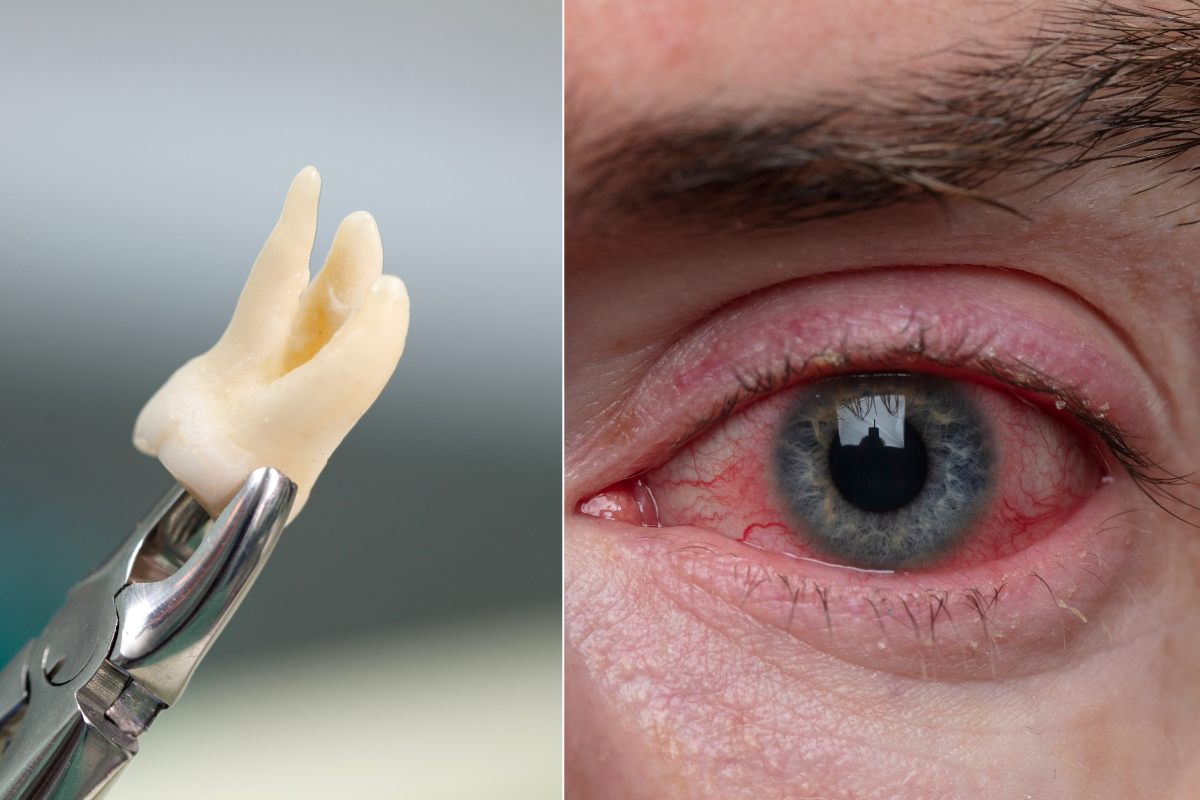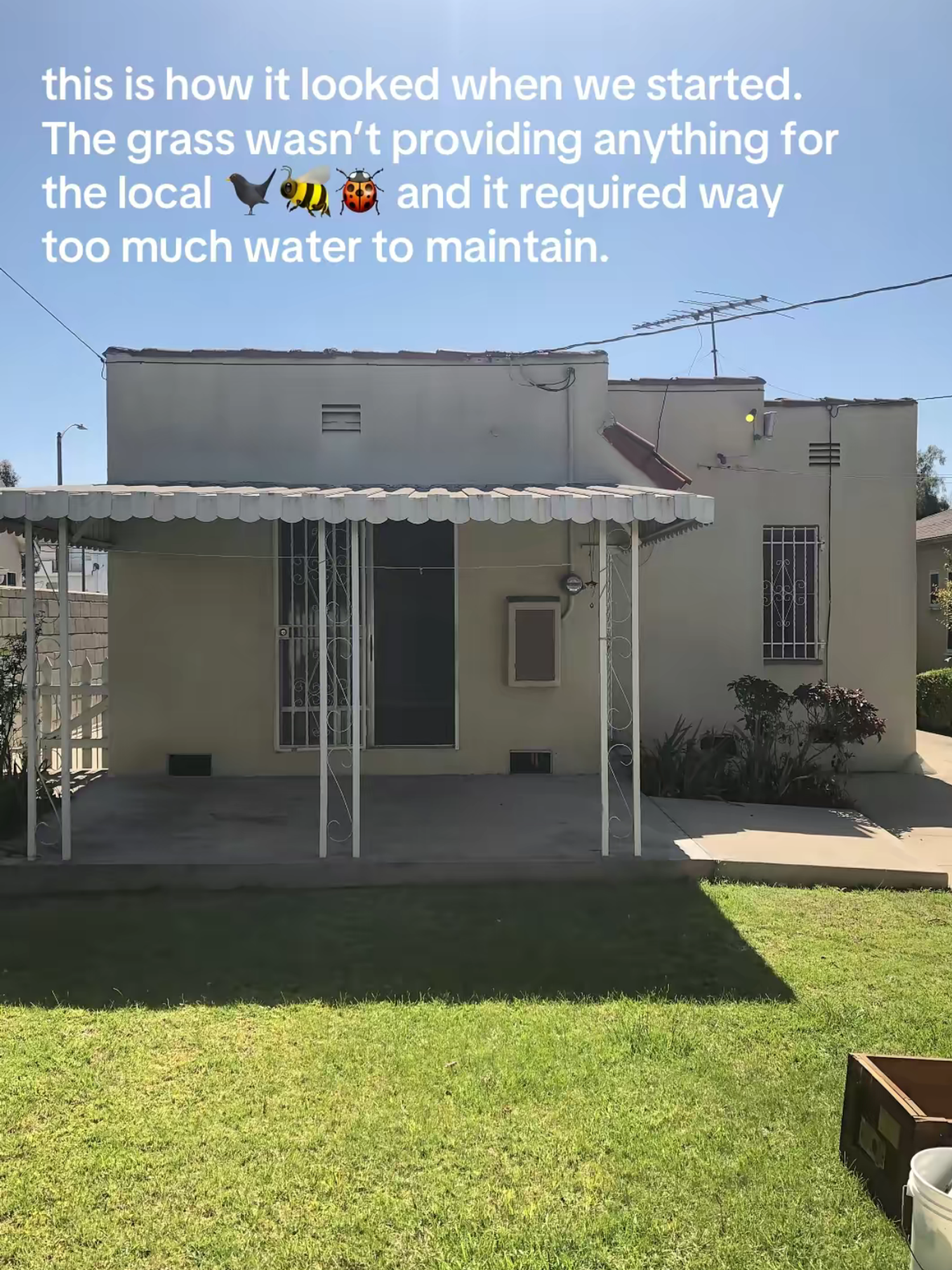Impossible-sounding surgery cures blindness by implanting a patient's own tooth in their eye
"Tooth-in-eye" surgery sounds like something out of science fiction, but it permanently restores vision in 94% of patients.

You have to see it to believe it.
About 12 million people in the United States live with significant visual impairment. About a million of those people live with blindness. Unfortunately, there is no known cure for blindness. Therapies exist to slow vision loss, and some vision loss can be improved with treatment, but complete vision loss has proved to be a very tough nut for scientists to crack, in part because there are so many different potential causes of blindness.
Medical researchers have and continue to look into lots of diverse options, including stem cell therapies, gene therapies, bionic eyes, and now...teeth. Yes, you read that right. Teeth.
A 33-year-old man recently became the first person in Canada to have their sight restored by a rare and outrageous-sounding procedure: Osteo-odonto-keratoprosthesis, or OOKP.
OOKP has been around since the 1960s and has been performed around the globe, but is still relatively rare overall. Invented by Professor Benedetto Strampelli, the procedure is better known by its easy-to-remember, and fairly gross, nickname: "Tooth-in-eye surgery." Why in God's name is it called that? Buckle up if you're squeamish. Here's how it works:

First, a tooth is removed from the patient. A small rectangular section of the tooth is shaved off and a hole is drilled in the middle of it. Imagine cutting a small circle out of the middle of a sheet of paper.
Then, a small plastic lens is inserted into the hole, almost like a window covering or a makeshift camera lens. The section of tooth acts like a frame to hold the new lens.
OK, now for the really wild part: The rectangular shaving of tooth, complete with plastic lens, is then embedded into the patient's cheek in order to grow new tissue and blood vessels. It will stay there for around two months while the new tissue develops.
The tooth is then removed from the cheek and surgically embedded into the patient's eyeball, effectively replacing the damaged cornea. The new eye is pink and bloodshot in appearance, and a little bulbous, with only a small block hole as an iris. But, miraculously, it works!
The patient's own teeth are used to prevent the body rejecting foreign tissue or materials. Tooth-in-eye surgery only works for vision loss caused by corneal damage, or damage to the surface of the eyes. It won't heal or replace the optic nerve or retina, so it's not a miracle cure for all forms of blindness. It also comes with some risks, but when it works, it works. One study showed that 94% of successful cases still had good eyesight almost 30 years later, with some formerly blind patients seeing well enough to drive cars.
The Canadian man became blind at the age of 13 after a terrible autoimmune reaction to ibuprofen. After dozens of surgeries and therapies, OOKP was his last-ditch effort to permanently restore his sight. Other treatments had helped but his sight would fade away over time. For now, his story is a massive success that doctors are hoping will inspire others to give the controversial procedure a try.
The video below shows the procedure and its aftermath:
@garcidltth1 #popularscience #knowledge #fyp #tiktok
We have to keep funding bizarre, off-the-beaten-path scientific research.
This sounds like one of those wacky things you'd see in the news and say, "Why are we spending millions of dollars trying to see if we can grow new eyeballs from teeth?!" But without critical and creative research like this, we'd be no further in treating conditions like blindness. A version of OOKP was performed successfully in the United States at The University of Miami in 2009.
Amazing medical breakthroughs can come from the strangest places. Fascinating discoveries have been made by making people drink their own blood and monitoring the effects, studying the chemical makeup of goose poop, and looking for answers in tree bark, snake venom, and rat poison.
Cheers to Professor Benedetto Strampelli, and his weird but effective stroke of inspiration.





 This is a teacher who cares.
This is a teacher who cares.  Halloween costume, check.
Halloween costume, check.  Wealth Inequality is a rampant problem.
Photo by
Wealth Inequality is a rampant problem.
Photo by  Summer Fall GIF by Mark Rober
Summer Fall GIF by Mark Rober Raining Stick Figure GIF by State Champs
Raining Stick Figure GIF by State Champs Where we started.
Where we started. Paradise in the backyard
Paradise in the backyard Welcome to Whelan Design House.
Welcome to Whelan Design House. Beauty is possible!
Beauty is possible! Dads are gonna be dads.
Dads are gonna be dads.